High-speed, accessible EV charging sites will become the norm in the UK, according to the boss of Osprey Charging, which is aiming to eliminate range anxiety – especially for disabled drivers.
Osprey CEO Ian Johnston’s words came as the firm opened its first fully disabled-accessible site in the UK, situated in Brackley, Northamptonshire. This hosts eight 150kWh charging bays fed by an on-site substation, with lightweight cables, no kerbs and low-positioned screens and buttons for use by anyone who needs them.
“Whenever we build a new hub going forward, this will be the standard in terms of the accessible layout and the charging hardware that we're using,” Johnston said. “We just have to keep pushing ourselves forward to make [charging] hubs better and better.”
Space is one of the new site’s defining factors, with 12 parking bays used for just eight chargers to allow easy access for wheelchair users.
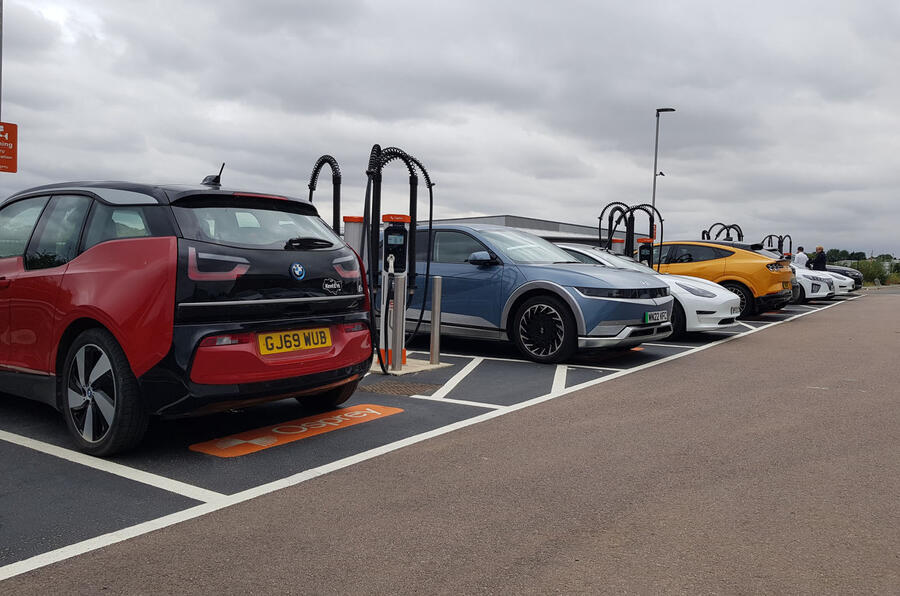
“It's all about giving drivers the space that they need when they get out of the vehicle to set up and use any mobility aids that they may have and allowing them to approach the charger without there being kerbs or any other obstacles," said Johnston. "These are very specific things that can render a site completely unusable to many drivers in the UK today.
“There are a lot of things to consider, such as the screen height and the button height, but the most important thing is around the cable-management system, and with this site, this means it's so easy for anyone to connect a cable to their vehicle, and they can even do it one-handed.
"These are all the steps that you have to pay attention to and spend your time and money on getting right to deliver a truly accessible experience. It's a milestone for us, but we have to keep pushing on from here.


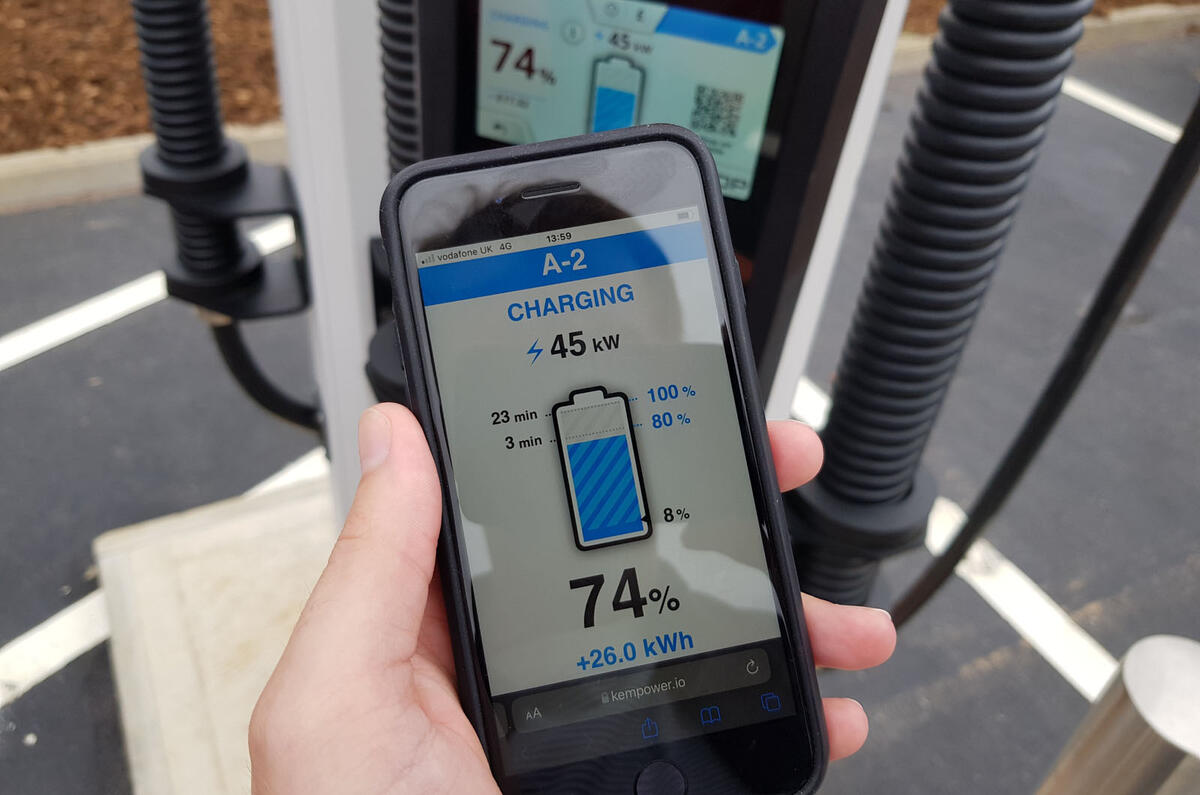
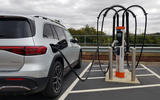
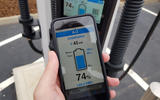

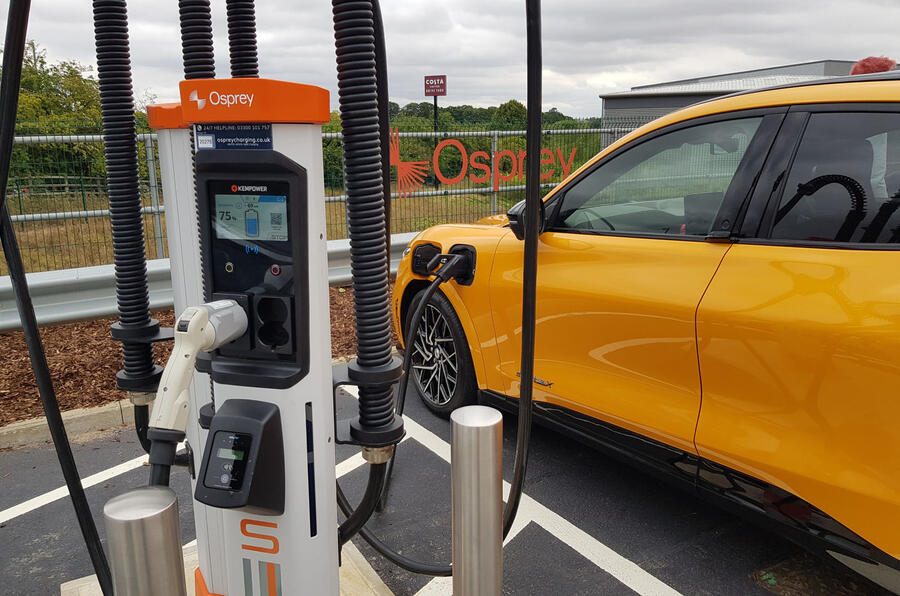





Add your comment